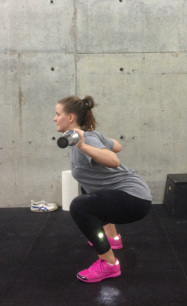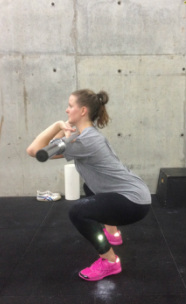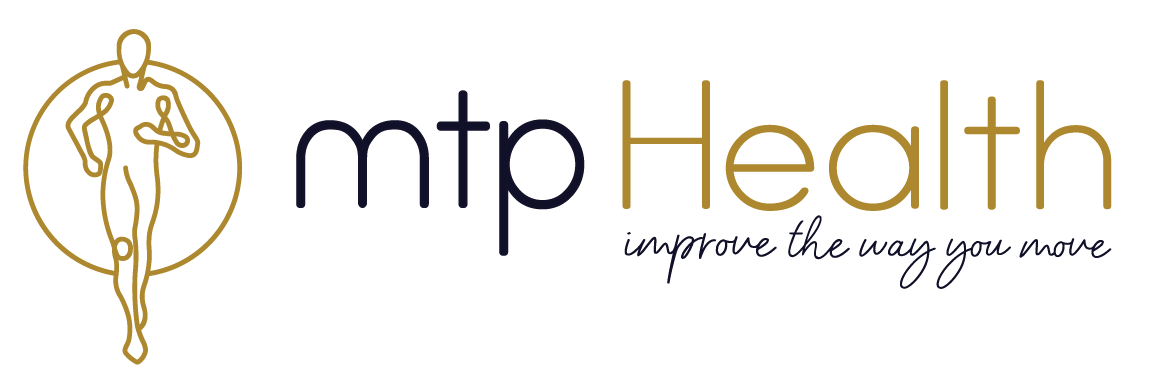We love squats, I love squats, everyone loves squats. They are the king of all exercises right? Well, squats and deadlifts. Nothing is more functional than having the capacity to pick things up from the floor, carry stuff on your back and move up/down. But as we endeavour to load these movements and their derivatives (cleans, snatches etc), the stresses on the body increase exponentially. Good biomechanics in lifting should always be the goal, lifting as much weight as possible, in the most efficient and safe manner possible, should be the ultimate goal for any lifter. One of the traps that people get caught in, when trying to get stronger at these lifts, is neglecting the impact that trying to get stronger (i.e. maximal effort lifts) can have on range of motion.
The single most common musculoskeletal complaint in the CrossFit community is low back pain. “I really cranked my back today” is something you hear more often than you would hope. Unfortunately this can, to some extent, go with the territory when you get a large group of people lifting heavy weight repetitively. Trying to chase tail with back pain and get people to reduce their training volume or intensity is very tough, especially in the CrossFit community. People love to train. So rather than chasing pain, the best solution is prevention. As the adage goes: ‘prevention is better than a cure’.

Only good joint mechanics will allow good positions without load.
|

No back pain on the horizon in these positions.
|
The trick is knowing what the hell to look for as a sign that you are heading toward an episode of low back pain. Gray Cook and Mike Boyle came up with a fantastic approach of breaking down human movement called the ‘joint by joint theory’. I’m not going to go into great detail about the theory, but in a nutshell it shows us that the joints of the human body operate in an alternating sequence of primary function: stability or mobility. If you work your way from the ground up, the ankles are inherently stable, the knees unstable (mobile), the hips stable, the lumbar spine mobile, thoracic spine stable and so on…
So how does this apply to preventing low back pain? Well, if you think about these joints and what their natural tendencies are, it is only logical that we would need to give them the opposite stimulus to prevent amplifying the natural propensity. For example, the ankle is naturally a stable joint, so maintaining its range of motion to allow adequate movement (dorsiflexion) to move through a deep squat is a priority over ankle strengthening or stabilising exercises. If this is neglected however, and activity is continued, the missing range of motion required to squat doesn’t disappear, it is simply deferred to the next joint in the system – the knees. So you get more work being done at the knee (which being inherently unstable should be getting more stability work) to make up the range deficit at the ankle, this can then lead you to issues like patellofemoral pain and other overuse injuries.
When you apply this to the low back and squatting, there are two primary areas that need to be appraised: the thoracic spine and the hips. So, if we agree that the low back is an inherently mobile segment, and the hips stable, what happens if the range that the hips provide is limited even further? Increased demand on the lumbar spine and knees. Conversely, if the hips become unstable, and there is an over-reliance on the low back to stabilise, you can get a similar effect. Then there is the worst case scenario where the hips are unstable and stiff, imposing demands of stability and mobility on the lumbar spine as we push to break parallel in the squat.
So if you think about this, it means upstream and downstream of the painful areas are the key to prevention. For the shoulder, its the cervical spine and thoracic spine.For the lumbar, its the hips and thoracic spine, so on and so on.
Therefore, when asked ‘how do you head things of at the pass?’ The answer is ‘you address the main players above and below the danger areas’. If you neglect your hip mobility (extension, internal rotation, flexion, and external rotation) and you are starting to feel tight in your hips when you squat, lunge, run etc., then you better believe that your low back is doing some serious overtime to pick up the slack.
With recurrence rates within 1 year of a low back pain episode at approximately 83%, prevention is absolutely better than a cure.
The moral of the story: if your upper back or hips feel tight – GET ON IT. Roll, stretch, distract and mobilise tissue. Get them moving properly before you work out, after you work out, and even when you are at home watching TV – get on the floor and mobilise. Otherwise, if you continue to lift heavy and expect the tightness to disappear, expect some back pain and an enforced rest period.
Try out these twists on some common Hip stretches to improve your Internal and External Rotation.
External Hip Rotation:

Standing ‘pigeon’ stretch: The key to this stretch is to have the knee flat or supported, inline with the hip. Don’t let the knee get outside your hip.
|

To increase the stretch, lower yourself down. Don’t lean forward. Maintain lumbar position just as you want to in a squat.
|
Internal Hip Rotation:

Make sure the knee is inline with the hip. Try this one without any loading first, it can be seriously uncomfortable if you have limited internal rotation.
|

If you find the hip of the internally rotated leg lifting off the floor, anchor it with a plate.
|
Note: Only hold the Internal rotation stretch for sets of 1minute at a time. Holding end range internal rotation for prolonged periods can make the capsule feel pretty nasty.
Happy squatting.







I reall like the simplistic delivery of the connection cause & effect! Plus the exercises I will be definitely trying! Thank you
If only my doctor understood this I would be fixed by now
I used these two drills with athletes this morning and they were amazed at the dramatic difference it made to their squat. It made immediate difference in the ability to hit depth and reduced the amount of hip tightness experienced while squatting.